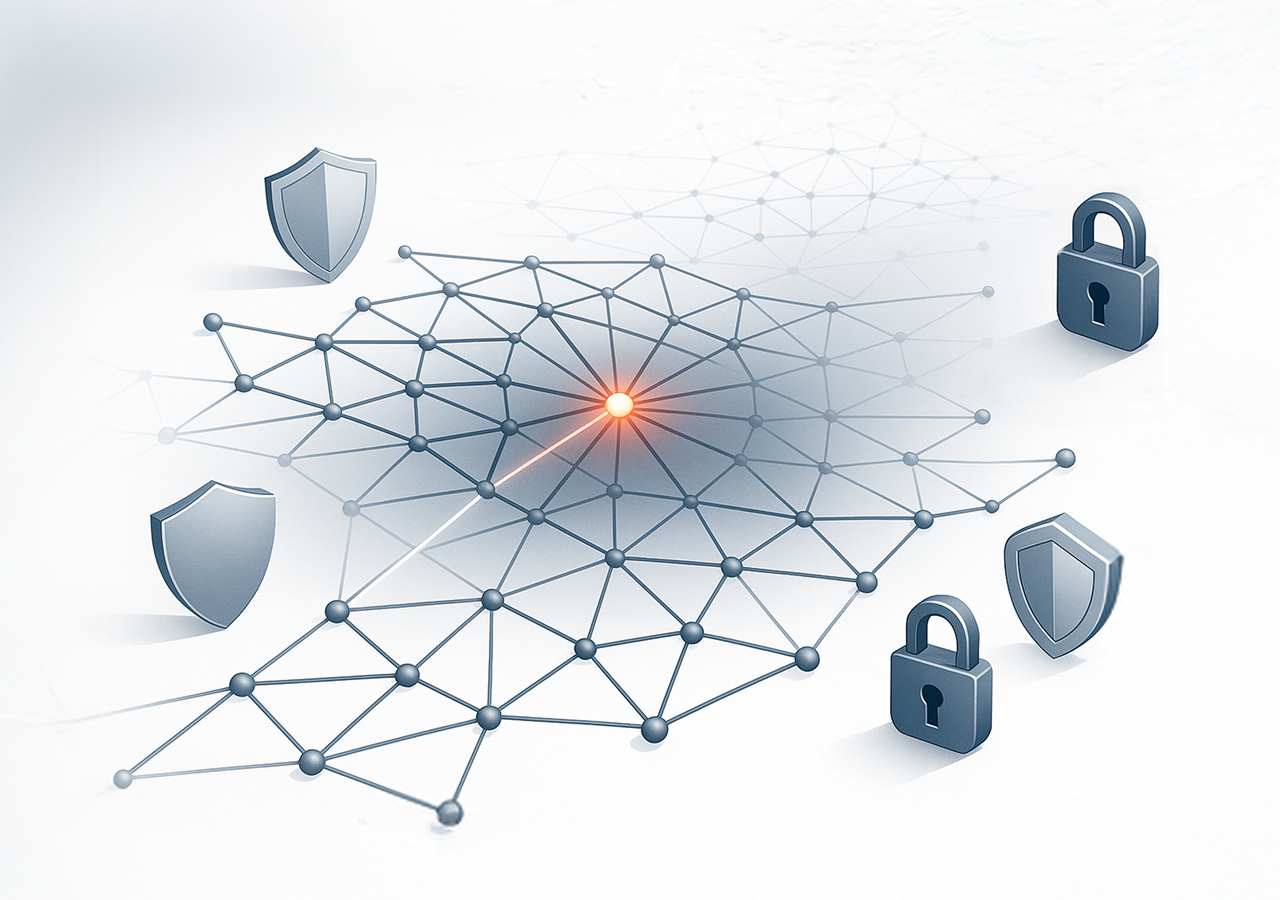In my last post, I geeked out over digital connectivity: that sprawling mesh of domains, APIs, certificates, and third-party tools that quietly stitches your organization to the rest of the internet. We talked about how your external attack surface is more than just the assets you own — it’s every hidden relationship those assets have.
But finding the “things” is only the start. The fun begins with turning that map into tactical defense, to shift from passive discovery to proactive defense.
1. Prioritizing Risk with Attack Surface Intelligence
Not all vulnerabilities are created equal. Sure, you can rely on CVSS scores to tell you what’s “critical,” but that’s only one part of the story. If a medium-severity vulnerability sits on a public-facing asset that’s deeply integrated with a high-value business system… that’s your critical.
Attack surface intelligence takes those connections you’ve mapped and scores them not just by severity, but by:
- Business impact: What happens if this asset goes down or gets breached?
- Exploit likelihood: How easy would it be for someone to chain this into a larger attack?
The goal is simple: prioritize the vulnerabilities where connectivity amplifies the risk.
2. Actionable Threat Modeling: Seeing Your Surface Like an Attacker
Attackers don’t think in inventory lists, they think in pathways.
They’ll pivot from a forgotten staging domain to a shared TLS certificate, hop into a web app admin panel, and suddenly they’re sitting on your crown jewels.
To threat model your external attack surface:
- Map all assets and their connections.
- Identify the shortest and most valuable attack paths.
- Look for places where one weak link can open access to multiple systems.
When you see your digital mesh like an attacker, you’re no longer just “patching vulnerabilities”; you’re shutting down entire attack routes.
3. Automating Discovery and Defense with AI
Manual mapping is fine if you’re doing a one-off audit. But if you’re serious about staying ahead, you need automated, continuous discovery.
AI-powered tools including ThingsRecon can:
- Automatically identify new connections you didn’t know existed.
- Detect patterns in how attackers are exploiting similar infrastructures across industries.
- Predict which connections are likely to become exploitable based on emerging attack methods.
Think of it as giving your security program an always-on recon drone. One that flags suspicious changes before they’re in the news.
4. Continuous Surface Monitoring and Response
Your attack surface is like a living organism. It changes daily. New vendors, new domains, new apps... each one a possible entry point.
Best practices here:
- Continuous discovery (don’t rely on quarterly scans!)
- Real-time alerts for new or changed external connections
- Pre-planned playbooks for rapid investigation and remediation
If you’re reacting to incidents days or weeks after they happen, you’re already too late.
5. Building Cybersecurity Supply Chain Resilience
Your security is only as strong as the security of the people you connect to.
Frameworks like NIST SP 800-161 give you a playbook for integrating supply chain risk into your external attack surface management (EASM). That means:
- Understanding which vendors are deeply embedded in your infrastructure.
- Scoring them not just on their controls, by means of vendor risk assessments or questionnaires, but on how close they sit to your critical systems.
- Monitoring them continuously, because a compromise in your supplier’s environment is a compromise in yours.
This is where “digital proximity” becomes a game-changer. The closer the connection, the higher the risk, even if the asset itself looks harmless.
Mapping your digital connectivity is step one.
The next step is using that intel to predict, prioritize, and prevent attacks.
When you understand not just what’s out there but how it’s connected, you move from a defensive posture to one where you’re steering the fight.
Ready to see your attack surface? Start your recon.





